Visit strengthens New Zealand-Vietnam ties
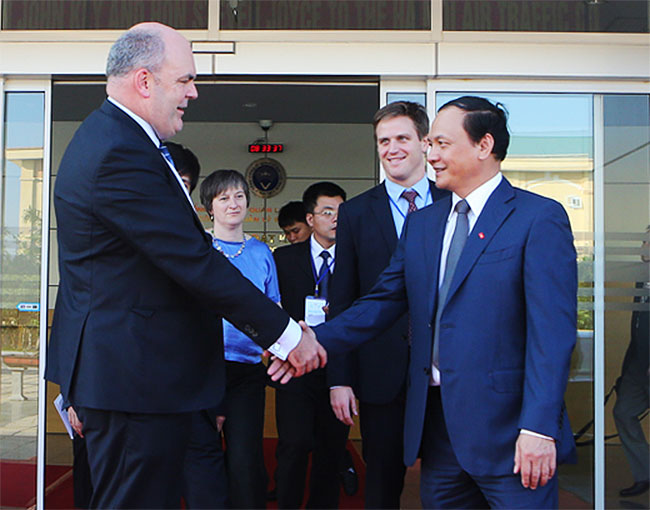
On this occasion, PM Key attended a number of events involving businesses of both countries in aviation and education.
An exercise directed towards matching New Zealand’s extensive aviation capabilities with the opportunities that Vietnam presents in the area was buoyed by the launch of an aviation forum set to reinforce and increase collaboration between the countries’ aviation sectors.
First on the agenda of PM Key’s third-day visit to Vietnam was a visit to Vingroup, one of the largest private companies in Vietnam.
With interests in the education, healthcare, tourism and modern retail sectors, the company presents a range of opportunities for cooperation between NZ and Vietnam across verticals and business functions.
The purpose of the meeting was to introduce Prime Minster Key, Economic Development Minister Steven Joyce and his delegation to Vingroup’s business, and also to promote NZ areas of strength to the company.
Minister Joyce also met the Vietnamese Minister of Education, Minister Pham Vu Luan, along with senior Vietnamese government officials and education delegates to discuss areas of engagement that could be mutually beneficial for both countries.
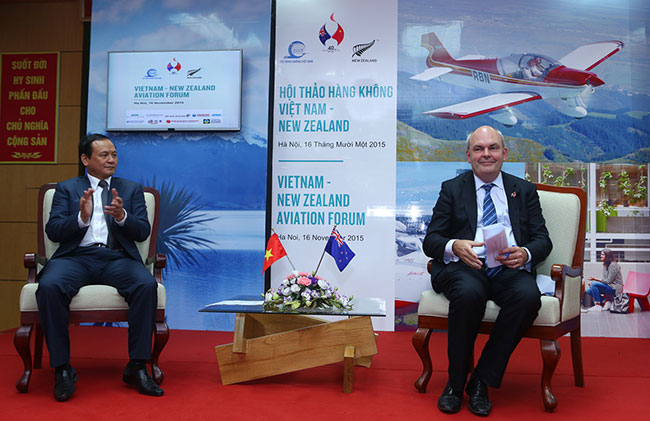
The discussion was followed by the signing of an MOU between the VIED (The Vietnam International Education Development) and the University of Waikato, one of the most sought after universities for Law, Education, Business, Accounting and Computer Science.
Later in the afternoon, Minister Joyce met with Deputy Minister of Transport Nguyen Nhat, alongside a visit to Vietnam Air Traffic Management’s (VATM) Control Centre.
An emphasis on understanding the state-of-the art operations of the control centre was supplemented by a discussion about New Zealand’s world-class aviation training capabilities.
At the VATM Control Centre, Prime Minister Key tried out VATM’s traffic control simulator firsthand, in the presence of a New Zealand trained VATM official.
The substantial growth of Vietnam’s international passenger traffic, third fastest globally, projected to scale from 36 million in 2015 to 63 million in 2020, represents a significant opportunity for both commerical and civil aviation.
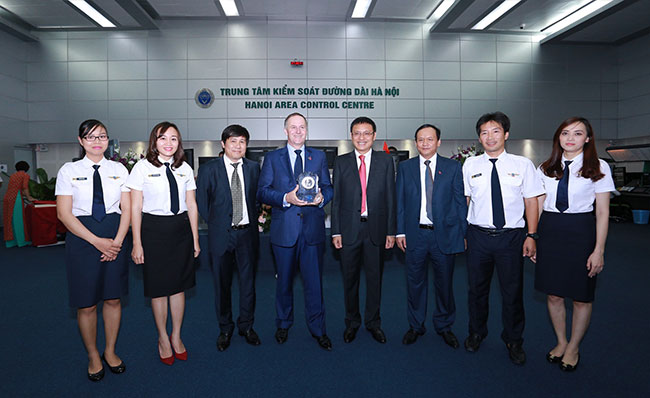
Vietnam is well suited to the development of a comprehensive aviation industry, with both national road and rail systems comparatively underdeveloped. New Zealand’s rich history and strengths in aviation mean the country is well placed to support this development, through more effective air control processes, staff training and best practice sharing.
Awareness about New Zealand’s aviation industry in Vietnam, however, is fairly low, and it is these government-level relationships that can create and drive the success of commercial endeavours.
Following this visit, the Aviation Forum was launched at the Civil Aviation Administration of Vietnam (CAAV) conference room, led by Vietnam’s Deputy Minister of Transport Nguyen Nhat and NZ Economic Development Minister Steven Joyce, reinforcing the commitment and willingness of the New Zealand aviation sector to work with its Vietnamese counterparts.
With a number of New Zealand aviation companies engaging with Vietnam, a relationship at this level will create multiple new commerce-led relationships for both countries.
The last stop on the Minister Joyce’s agenda for the day was the New Zealand Connections and New Zealand-ASEAN Awards ceremony, an event that celebrates connections between New Zealand alumni in Vietnam and also 40 years of New Zealand-ASEAN relations.
With the Education Cooperation Arrangement (ECA), first signed in 2004, refreshed earlier this year and the NZ/Vietnam Action Plan 2013-2016 set in full force, these new agreements will see these two countries making fresh connections while strengthening existing ones on the back of greater knowledge sharing and collaboration across education and aviation.
What the stars mean:
★ Poor ★ ★ Promising ★★★ Good ★★★★ Very good ★★★★★ Exceptional
Latest News
More News
- Trump's trade policies could shape Vietnam's economic outlook: Dragon Capital (November 15, 2024 | 16:56)
- Prioritising corporate governance for Vietnam’s sustainable growth (November 14, 2024 | 16:50)
- Vietnam eyes nuclear revival to bolster energy security (November 14, 2024 | 16:46)
- German businesses explore investments in Dong Nai (November 08, 2024 | 18:02)
- Vietnamese consumer sentiment outperforms regional averages (November 08, 2024 | 18:00)
- Exchange and interest rates forecast to remain stable after US election (November 07, 2024 | 14:04)
- Industrial real estate stocks benefit from US election results (November 07, 2024 | 13:56)
- 2024 sees $1.41 billion in fintech funding so far (November 07, 2024 | 08:13)
- Trump at 266 electoral votes, Harris at 195: US media (November 06, 2024 | 14:30)
- Hanoi targets digital and high-tech investment with upcoming event (November 06, 2024 | 13:28)




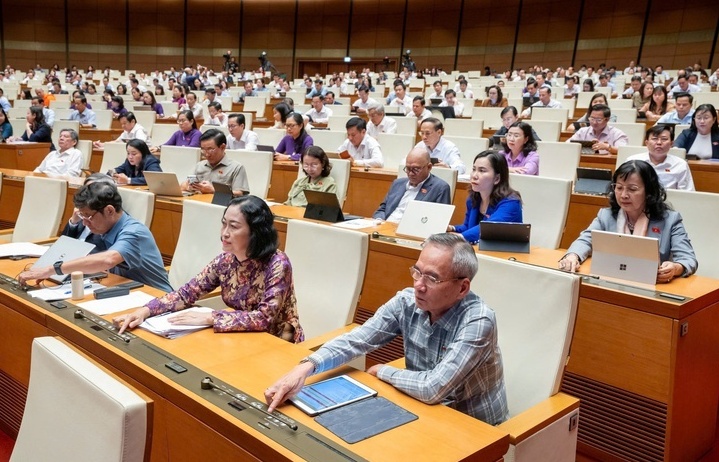
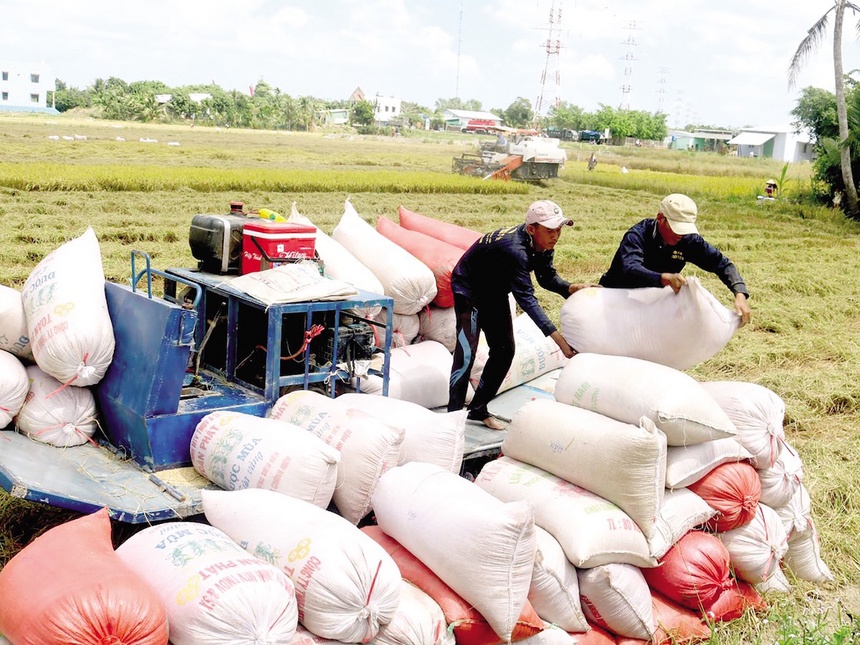
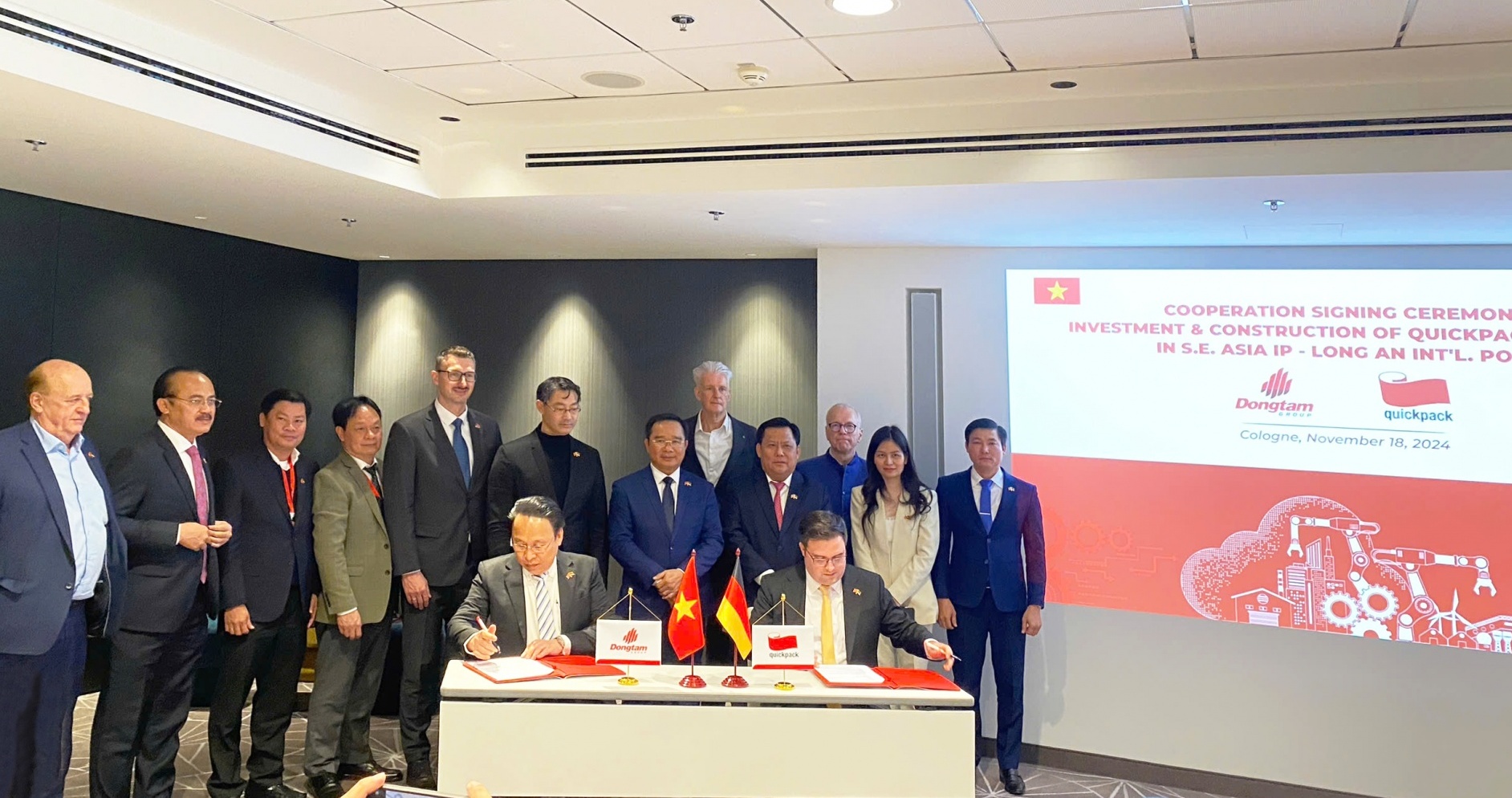
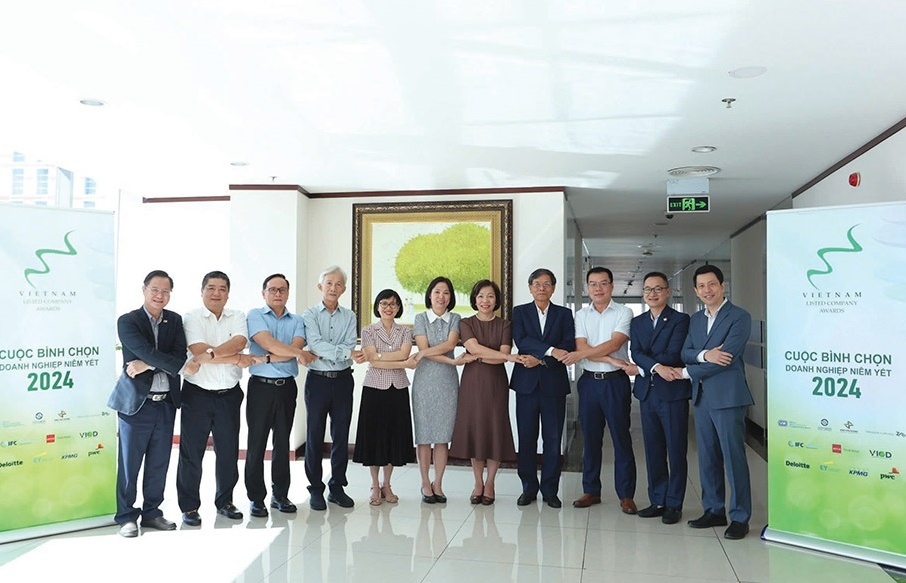
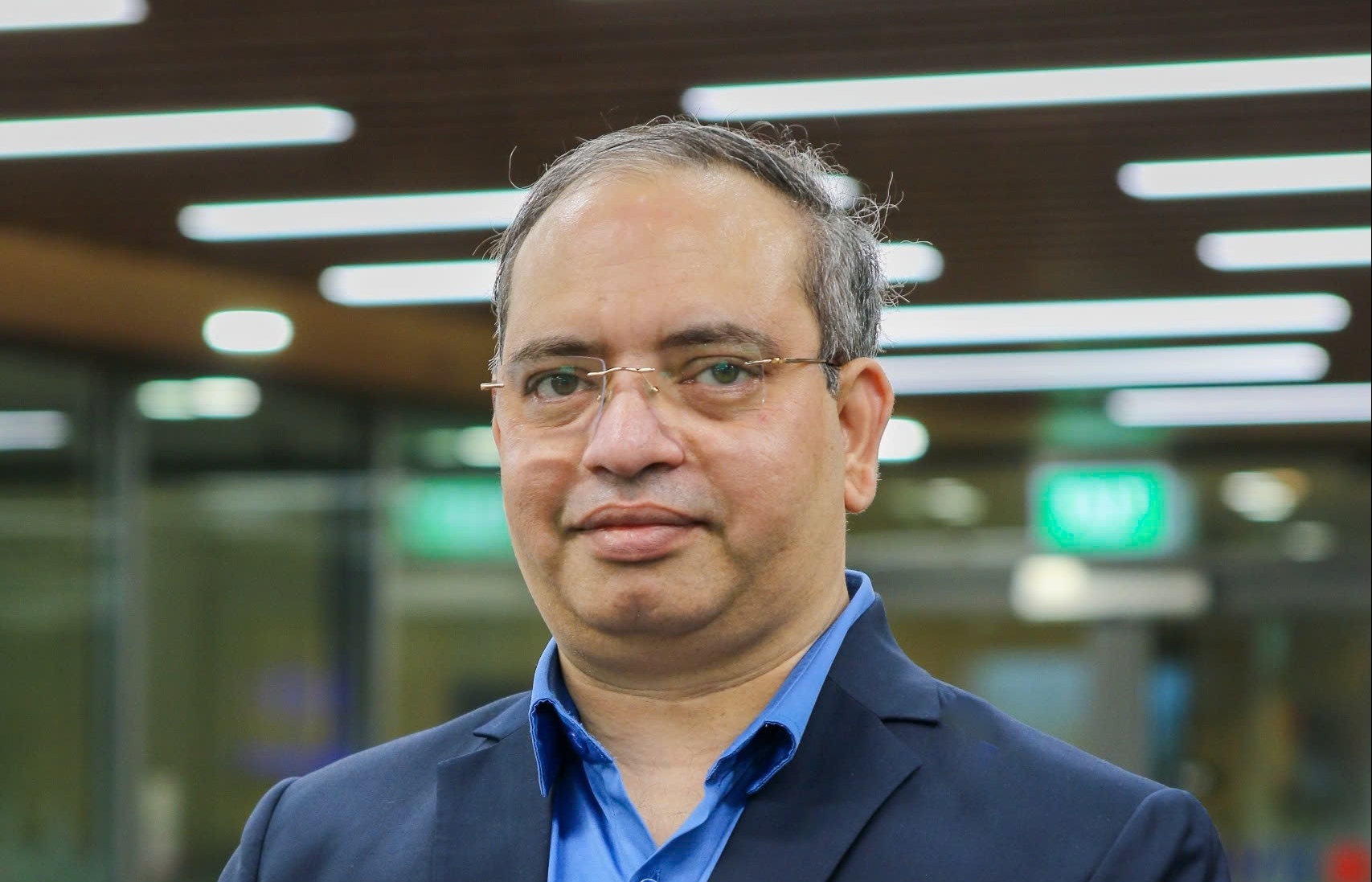






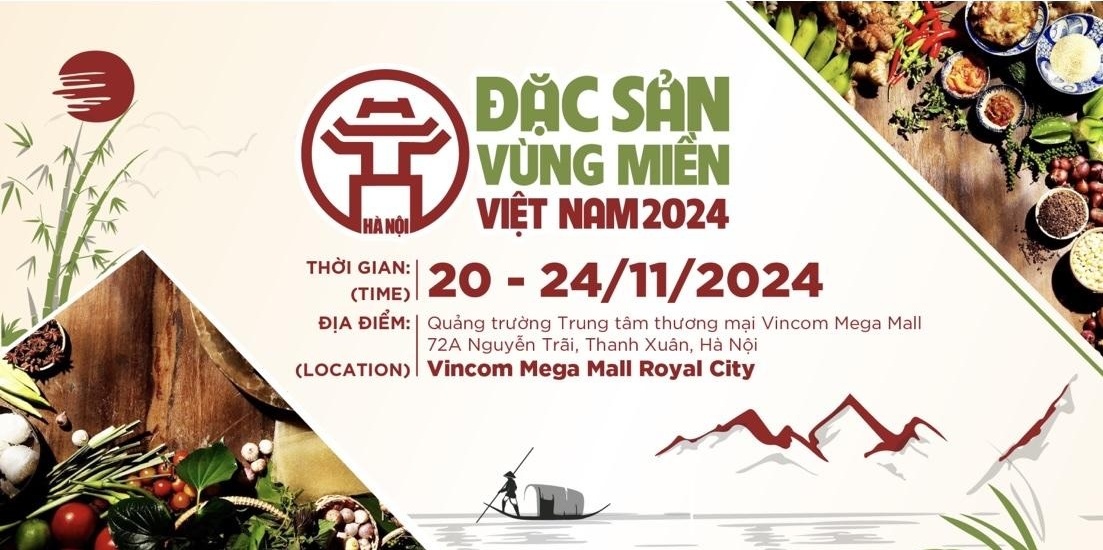




 Mobile Version
Mobile Version